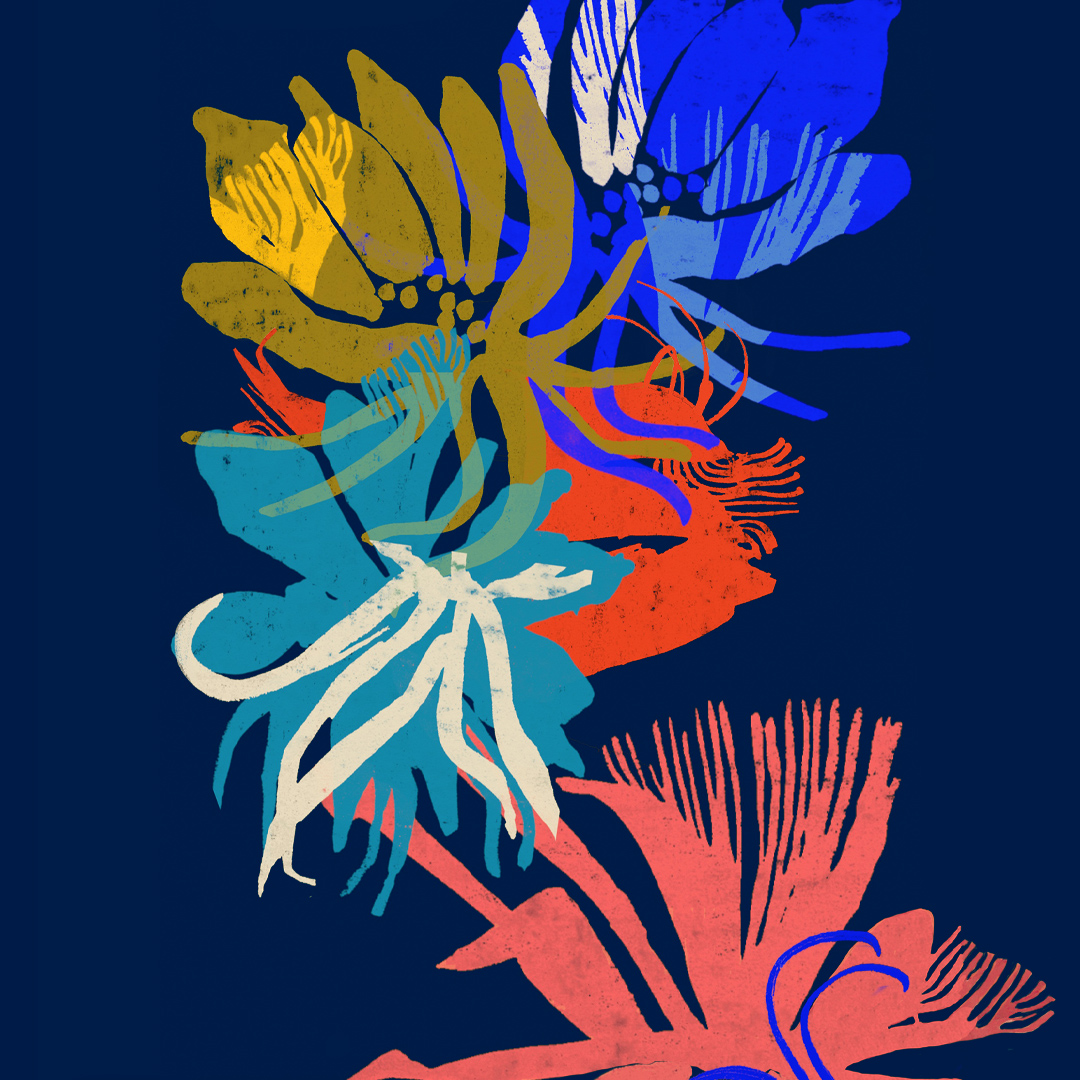An Unflinching Gaze: An Essay by Heather Rose
Heather Rose, author of the new novel The Museum of Modern Love, shares this essay about the process of writing her award-winning book.
• • •
The Museum of Modern Love took me eleven years to write. It started back in 2005, when there was a Dutch Masters exhibition in Melbourne, Australia. After taking in the Van Goghs and Rembrandts, I wandered into another part of the gallery and came across a black-and-white photograph. The interpretation panel said this was Rhythm Zero performed by Marina Abramović in 1974 in Naples, Italy. On the table in the photo were 72 items—including a bottle of olive oil, a rose, a loaf of bread, a feather, and also chains, a whip, a gun, and a bullet. Abramović gave the visitors to the gallery complete permission to use any of those items on her over the course of six hours, and she would remain passive. (The audience nearly killed her.)
The interpretation panel also said that Marina Abramović was known for a performance called The Walk, in which she and her then-partner, Ulay, walked from  either end of the Great Wall of China, meeting in the middle after 3,000 miles to end their relationship and say goodbye.
either end of the Great Wall of China, meeting in the middle after 3,000 miles to end their relationship and say goodbye.
That got me. The idea of a woman who could be so tough, so fearless, with those 72 items, and so romantic with that long walk. “There’s a character for a novel,” I thought. I didn’t know anything about performance art. I knew nothing else about Marina Abramović. I couldn’t find much about her on the internet in those days. So I did what we novelists do. I began to make it up.
In 2007 I was given a fellowship in Edinburgh, Scotland. At the end of that residency, I traveled to the Isle of Skye, where I’d worked years before. I found a small hotel to stay in. It was a balmy evening and the french doors of the restaurant were open to the sea. There was a golden light across the water and magic in the air. I was dining alone. Suddenly I saw my main character, a performance artist, sitting opposite me, and she was eating what would be her last meal. She didn’t know this, but tomorrow at the end of her performance, she would die. Through the course of the dinner, her last supper, she was visited by the people and ghosts from her past. There was a composer, a film director, a mother, a journalist, a daughter, a student, a muse . . .
I went upstairs and wrote until dawn. I could see the whole novel before me. The characters and the food and the parts of a life. When dawn arrived and I was still writing, I thought that this would be a fast book. A novel done in weeks, not months. How wrong I was.
In 2009, I heard that Marina Abramović was to do a show in New York the following year. It was going to be called The Artist Is Present. I knew I had to go.
I booked myself a room at the Chelsea Hotel, flew from Tasmania to New York, and found my way to the Museum of Modern Art (MoMA). It was my second trip to New York, my seventh or eighth to the United States. By then I’d been revisiting that idea of the artist at the table, on and off, for five years, squeezing it in around other novels, family, business and community commitments. Still, despite all the distractions, the idea wouldn’t let me go. It turned out that writing a novel about commitment took a great deal of it.

Sitting opposite Marina Abramović at the blond wood table in the atrium at MoMA in 2010, I was startled to realize that, for me, she had always been sitting at a table. At the heart of The Artist Is Present was the gaze. Abramović maintained eye contact with anyone who sat in the chair opposite. This gaze might last two minutes, two hours, or a whole day. The show began to get a lot of media attention. People began to line up, often for hours. As time went on, people were lining up overnight, sleeping on the street outside MoMA, desperate for a chance to experience Marina Abramović’s gaze.
The gaze, it appeared, had the capacity to transport people. It transported me. I sat four times. It was surreal, beautiful, and haunting. I understood then that Abramović was too powerful, too magnetic, and too real for me to fictionalize her or her life.
So I sought permission to include Abramović as herself in the novel. And Marina Abramović, who knew nothing about me or my work, said yes. With no caveats. She went on to sit at MoMA during The Artist Is Present for 75 days, six days a week, for some 736 hours. She did not move from morning until night. She maintained eye contact with everyone who came to sit facing her. More than 850,000 people came, from winter until spring. More than 1,500 people sat in the gaze with her.
After the 2010 trip, I began another draft of the novel. Now at its heart was the real Marina in the atrium at MoMA, seated and silent at her table. Gone was Scotland, gone was the meal, but here were all the characters, still. Arky, the composer; the student; the widow; the art critic; the muse. Add to that the estranged wife, Lydia, recuperating in solitude at the beach.
 In some ways, Lydia’s illness connected me to the story. All my life I have lived with a crippling arthritic condition. It’s erratic. When I was well, I ran the family business, swam, mothered, cooked, entertained, cared for my aging parents, squeezed in time for writing . . . and then for a month or so every year or two, and sometimes more frequently, I’d be unable to walk. The pain during these times is extraordinary.
In some ways, Lydia’s illness connected me to the story. All my life I have lived with a crippling arthritic condition. It’s erratic. When I was well, I ran the family business, swam, mothered, cooked, entertained, cared for my aging parents, squeezed in time for writing . . . and then for a month or so every year or two, and sometimes more frequently, I’d be unable to walk. The pain during these times is extraordinary.
My husband had planned on being a rock star, and it hadn’t happened. This thing about fame gnawed at him like an amputee’s itch. He could never satisfy it. Any acclaim or recognition that came my way wasn’t easy for him. The more that came, the harder it was. And he found my illness challenging. It was an inconvenience.
I wrote a novel about a musician whose wife has a serious illness. She decides to give him all the time and space in the world to write music. But he has to agree to not see her, to let her either die, or recover, in solitude.
Life is never what you think it will be. Before The Museum of Modern Love was published in Australia, my twenty-year marriage ended. It was only afterward, assessing the world with new eyes, that I realized I had written a love letter to every woman who has dared to pursue her art. And I had written a blueprint of how I might carve a different life for myself.
I went through the launch of the book and all that has come after, the accolades and prizes, the public celebrations and events, the health challenges and legal complications, with a broken heart. And I began to get well. Really well. Better than I’ve been in decades. And I have loved my solitude.
In the novel, every character is drawn to The Artist Is Present for different reasons. None of them come away unaffected. Arky has to find his way through his dark night of the soul. But this is fiction, of course, not real life.
Love is a remarkable adventure. And sometimes, like Marina Abramović on the Great Wall of China, it’s time to say goodbye. It took me eleven years and a woman with an unflinching gaze, a performance artist with a fearless heart, a character who became a real woman, to help me find the way.
Read more about The Museum of Modern Love, including an excerpt.




